The once reliable convenience of America’s retail and pharmacy chains is fading, as major players like Walgreens, CVS, and 7-Eleven struggle to maintain their foothold, Business Insider reports.
Once considered staples of daily life, these stores are now closing hundreds of locations nationwide, raising concerns about the accessibility of essential goods and services for millions of Americans.
Pharmacies, in particular, are facing a stark downturn. Despite serving as vital hubs for prescriptions and everyday necessities, chains like Walgreens and CVS are struggling to adapt to shifting consumer habits, competition from online retailers, and economic pressures. Walgreens recently announced the closure of 1,200 stores over the next three years, while CVS has already shuttered hundreds of its own and plans to cut 3,000 jobs. Rite Aid, another major chain, has filed for bankruptcy and is closing numerous locations.
The decline in these businesses is not solely due to financial mismanagement or poor planning. Instead, it reflects a broader shift in how Americans shop. E-commerce giants like Amazon now offer the same products as brick-and-mortar pharmacies, often at lower prices and with the convenience of home delivery. Meanwhile, big-box stores such as Walmart and Target, as well as discount retailers like Dollar General, continue to attract customers with lower prices and broader selections.
Compounding these issues, pharmacy chains have overextended themselves. In their bid for dominance, companies like Walgreens and CVS opened too many stores, creating overlap and internal competition. This overexpansion has made it harder to keep individual locations profitable, especially when they are often located just blocks from each other.
Another major challenge facing the industry is the role of pharmacy benefit managers (PBMs), which act as intermediaries between pharmacies, drug manufacturers, and insurance companies. PBMs have been steadily reducing the reimbursement rates pharmacies receive for dispensing prescriptions, leaving chains and independent pharmacies alike with slim margins. In some cases, pharmacies are even losing money on certain drugs, adding further strain to their bottom lines.
The customer experience has also deteriorated, with many pharmacies understaffed and essential items increasingly locked behind glass cases to combat theft. These factors have driven more shoppers away, turning once-busy aisles into ghostly, half-stocked shelves. The decline in foot traffic has only exacerbated the challenges facing these businesses, creating a cycle of decreasing profits and reduced service.
Convenience chains like 7-Eleven have also been hit hard by shifting consumer habits. With fewer people commuting and healthier lifestyles reducing the need for products like cigarettes, foot traffic at stores has dropped. As price-conscious shoppers seek out cheaper alternatives, even longstanding convenience stores are feeling the pinch.
The decline of these chains marks a broader shift in American retail, as the in-person shopping experience gives way to online transactions. What began during the pandemic as a temporary shift in consumer behavior has now solidified into a permanent trend, leaving many communities, particularly in rural or underserved urban areas, at risk of losing easy access to basic goods and services.
In response to these challenges, industry experts are calling for regulatory changes, particularly around PBMs. However, there are no quick fixes, and the future of America’s convenience and pharmacy chains remains uncertain. As the retail landscape continues to evolve, it may become increasingly difficult to find a nearby store to “pop in” for everyday essentials—marking the end of an era of easy access and convenience.

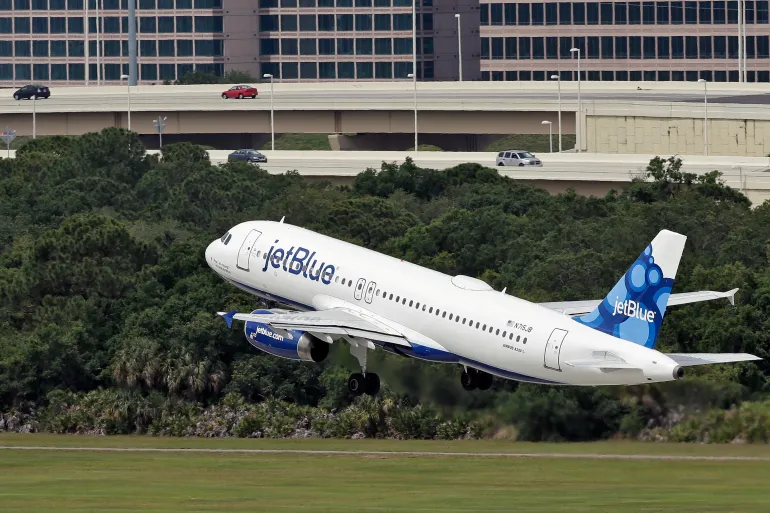
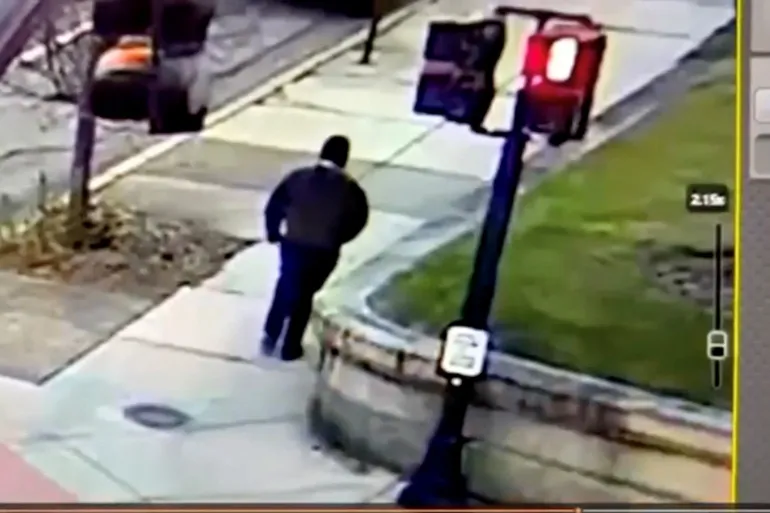
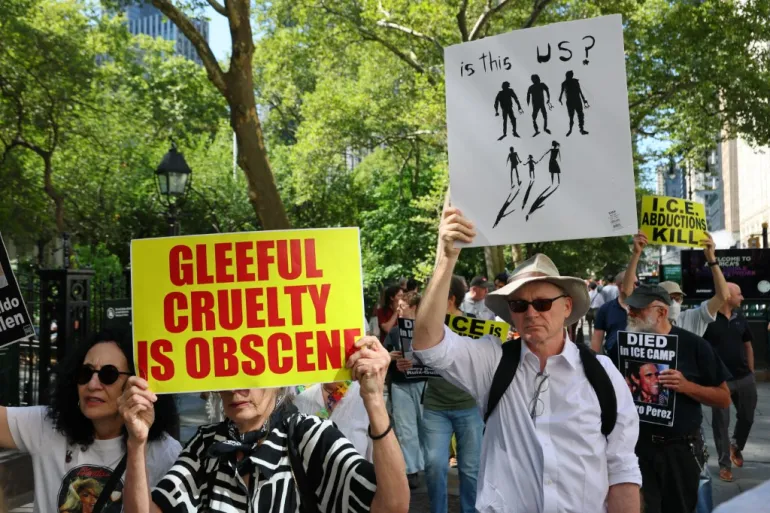
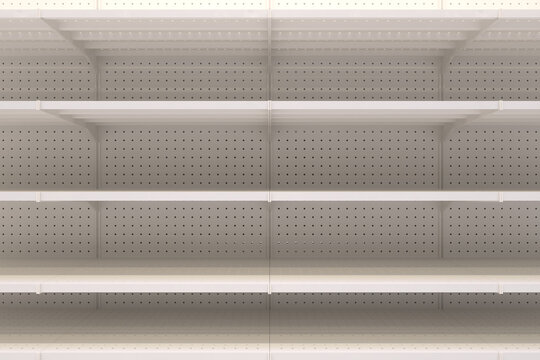



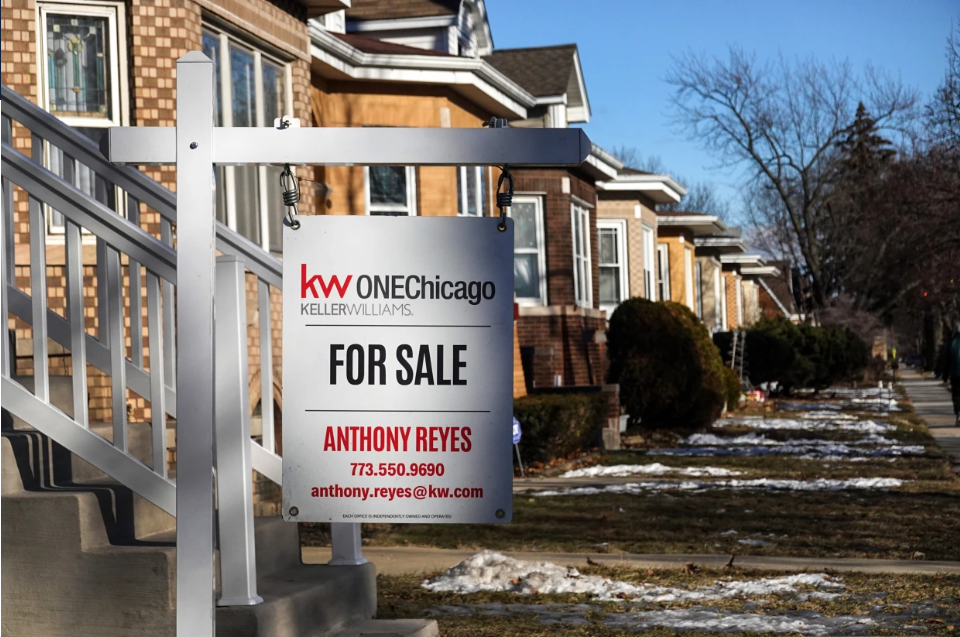
The latest news in your social feeds
Subscribe to our social media platforms to stay tuned